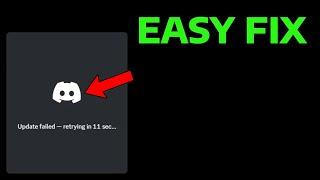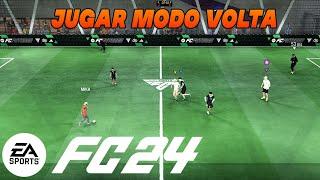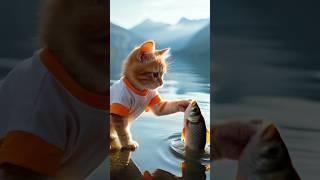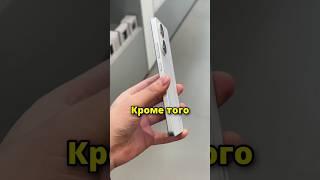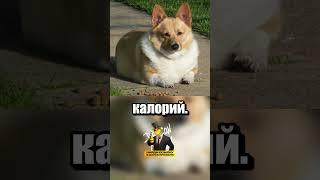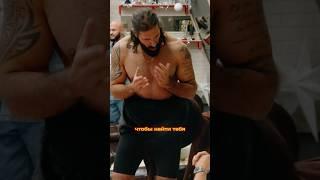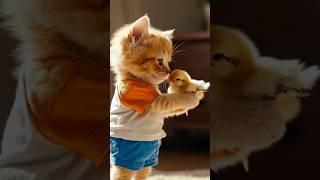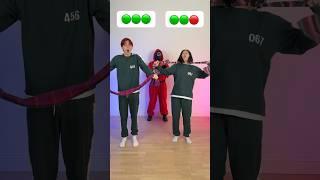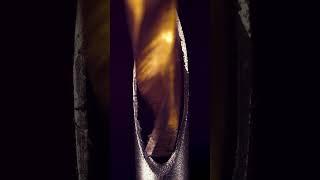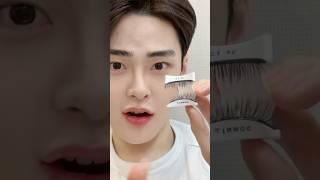
How to use Nanite for Games? Unreal Engine 5 for Games - Reduce the Size of your Megascans!
Комментарии:

I can't wait! Megascans are great and all but they definitely have a huge footprint on storage and texture streaming. My team has elected to just shrink up the file size as well with the textures. Otherwise you literally can't use them.
Ответить
thank you so much for sharing this knowledge
Ответить
Very nice tutorial. Please keep going
Ответить
big, big thx!
Ответить
wow that's ultra usefull thx
Ответить
Really appreciate this effort ❤️
Ответить
Where did u get that blend texture
Ответить
I am new to unreal and I am facing a problem .my interface is in full screen and the whole left bar(place Actor) is missing. I accidentally closed it
Ответить
Great Video man, nicely done.
Ответить
Nice share!! Looks promising! Too bad that every time you say 'the same quality', 'no loss in quality', etc.. You zoom in and out around so quickly, that it isn't shown.. Going to try your method later and hope it'll be the quality you promise, with a reduced impact on RAM =D
Ответить
Can we blend 4 material or just two because the 0 to 1 blend mean we can blend two only right??
Ответить
I love the way you were giggling at Epic's silly notion that we would use something that massive for an individual making a game. I had the same reaction.
Ответить
how do we convert grunge material from megascanes to Greyscale ?? The megascane grunge material shows in green texture.
Ответить
Does this make it easier or harder on the GPU/CPU? The textures are smaller, but does the overall greater detail and process of determining where certain textures should go based off of masks, etc increase GPU/CPU budget?
Ответить
With this approach, what do updates look like in quixel? Is it safe to use it without compromising the game using virtual streaming, even with some future Quixel update?
Ответить
Is there any performance different with traditional layer mask?
Ответить
Hey, i face some optimization problem, lower my fps, did these technic can increase the fps ?
Thank you

This is a great tutorial, but wouldn't it be better to use triplanar for effects like snow?
Cheers!

or you can download the medium version of the asset :)
Ответить
Hi!, great stuff! thank you so much for all this information,
I have a quick question.... why not use the original scanned textures as medium quality as background layer... and then use the other layers with surface textures?
I ask this because it would be really nice to keep the original scan textures.. but this could affect the performance? or we can use the original textures and then surfaces textures on the other layers?
Thank you so much for your time!

Thank you. It helped me a lot. I do have a question though.
Are you really using (or studios are using) the nanite version for their games? (PC/consoles) or the LODs? I'm asking because, a nanite rock has 3M tris. It'll handle for an open world game? Or combine?

Just dont download it in 8k
Ответить
Thank you for this tutorial. Works fantastically well for poor people like me that has very limited resourses at hand (shitty Laptop). This works well for mountains and rocks etc. Could this also be done for assets like trees? Is there anyway to have optimal minimal resourses for foilage?
Ответить
Dude 200-300 mb for a single asset is still дохуя
Ответить
Everything is working great but I am wondering the best way to use this for multiple assets. Do I make material instances using the Material Attributes? Or Do I have to repeat the process for each item, what is the process? I posted on Discord, but no replies.
Ответить


